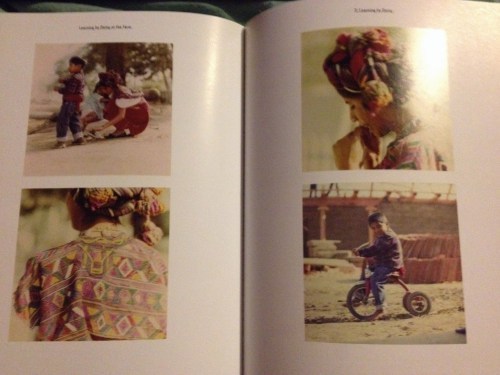Learning to Build the Best Commune
 LEARNING BY DOING AT THE FARM by Robert J. Kett and Anna Kryczka
LEARNING BY DOING AT THE FARM by Robert J. Kett and Anna Kryczka
1960’s. A mixed group of mostly young adults long for the areas of California not yet developed, plots of land never cemented over, fertile, and ready for plants to grow. They wish instead of being suited adults, to be craftsmen and women, to make their own goods, to live as sustainably as possible. They wish to learn about the earth, the cultures so far from their American upbringings, the ways to fight the horrors of modern life by simply not participating.
The difference with this group, the real-life characters of Soberscorve Press’s Learning by Doing at the Farm: Craft, Science, and Counterculture in Modern California, as opposed to the many “familes,” hippie communes and free-floaters is simple: they’re getting class credit for it all.
Starting in the early sixties, the University of California, Irvine, began to put together an experimental off-campus living space, a home on non-developed land owned but unused by the school. Their goal was to create a living, breathing farm space where students would learn from indigenous peoples who would visit/teach/live with the students; become familiar with the ways of life and the creation of goods before the modern-day consumerist culture took hold; and of course, to study the effects of alternate learning environments and techniques.

a map of the farm, as found in the book
In short, to so many dreamy 19-teen year olds of the 1960s, their school was working on creating a perfect counter-culture space for them to just be.
Learning by Doing is actually less of a book about that house, what went on in it and what the students learned than it is a collection of the documents, meeting minutes and photos archived from preparations for the house and planning going into the experiment, as well as photos from the day to day lives of the students lucky enough to get in during the short time the house functioned.
Well, I shouldn’t say there are no stories about day to day life. There’s amazing anecdotes about the students thrown in there, like this photo diary about some kid everyone called Frog who hardly wore shoes and wore his unbuttoned shirts so long they covered his shorts. In like 4 photos, I feel like I understand the story of this guy.
So much of the book explores the red tape you’d never even think about, though. Like, it sounds easy to just set up some simple structures on empty land. Still need permits, and when your with the school, funding forms, accounts, etc. It sounds so cool to hire craftspeople from Mexico, Samoa and Guatemala to teach the kids how to weave, make houses, throw pottery, but actually, the United States has miles of red tape keeping you from bringing in visitors for so-much time and how much exactly you’d have to pay them and how exactly you’d have to qualify their visit. This is kind of a bummer to free spirited hippie kids who’d much rather just do, in basically any sense besides doing paperwork.

portraits of a weaver and her family living and working on the farm
It’s still such an interesting idea, though. Even though the class on the farm didn’t last long, as the evidence shows, it made a great impact. Is it just impossible to have alternative classrooms? Was this college just not properly invested to make the whole thing really work? Every hippie ounce of me hopes not.

scenes from life and learning on the farm





